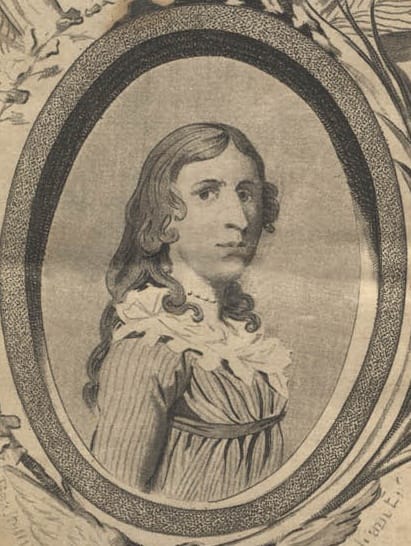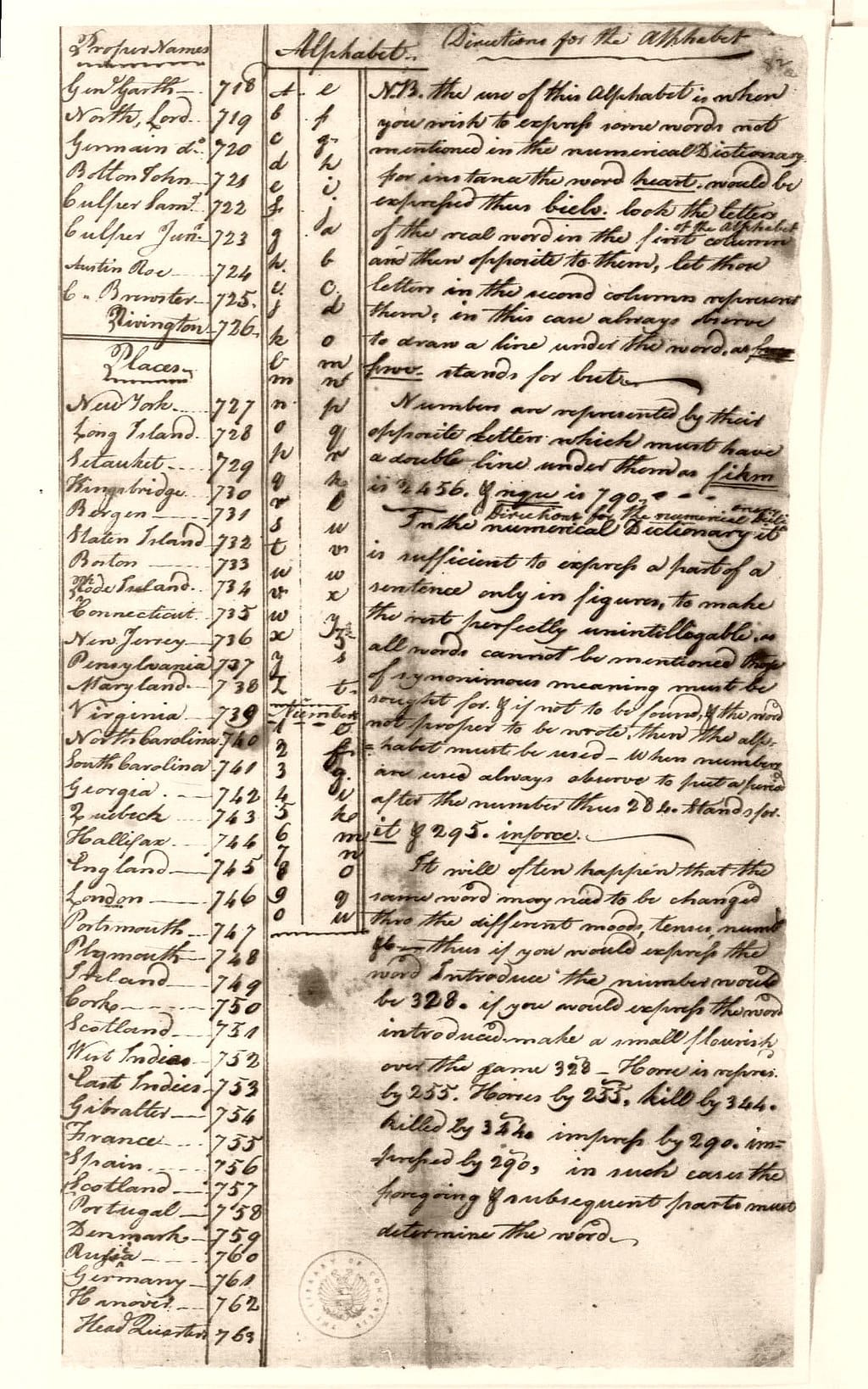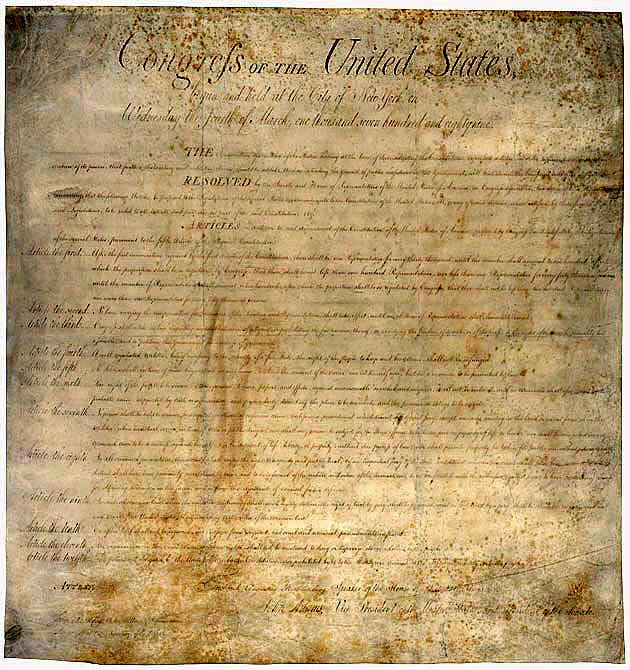Deborah Sampson
What drives someone to risk everything for a cause? For Deborah Sampson it was the dream of freedom and the courage to fight for it.
Deborah was born on December 17, 1760 in Plympton, Massachusetts and Sampson defied every expectation of her time. At a time when women were expected to remain silent and unseen in matters of war that time she took the boldest step imaginable and that was disguising herself as a man to join the Continental Army. Under the name Robert Shurtliff, she marched, fought and bled alongside American soldiers.
Just like the American colonists who dumped tea into Boston Harbor to protest British control, Deborah Sampson’s actions were a defiance of authority and tradition and the colonists hoped to send a message about liberty but Sampson lived that message.
She was not just challenging the British but she was challenging the very roles women were forced into. Deborah’s story reminds us that the fight for freedom was not only about nations but it was also deeply personal.
Sampson’s bravery is not just part of Revolutionary War history but it’s a story of standing tall. Even when you have to hide who you are to do it.

Image by a U.S. federal government employee, public domain under Title 17, Section 105 of the U.S. Code. Sourced via Wikimedia Commons. Original file
Who Was Deborah Sampson?
Deborah Sampson was not just a weaver or schoolteacher but she was a revolutionary. Born in 1760 in Middleborough, Massachusetts, to Jonathan Sampson Jr. and Deborah Bradford, she stood out early for her strength and independence. While most women of her time were expected to stay within traditional roles, she dreamed of something far bolder.
In 1782 driven by a desire to serve her country and defy expectations, Sampson disguised herself as a man and enlisted in the Continental Army under the name “Robert Shurtliff.” For over a year, she marched, fought and endured like any other soldier. Sampson’s secret eventually came out but instead of punishment, she gained admiration–Including from General George Washington.
Her actions echoed the same spirit that led colonists to dump tea into Boston Harbor: a rejection of limits, injustice and imposed roles. Just as the colonists defied British control, Deborah challenged gender boundaries to support the American cause.
After the war she married Benjamin Gannett and raised five children. But her legacy lives far beyond family and it’s a story of courage, conviction and the relentless pursuit of freedom.
- Who was Deborah Sampson’s Parents: Jonathan Sampson Jr. and Deborah Bradford Sampson
- Deborah Sampson’s Siblings: Jonathan, Hannah, Ephraim, and Sylvia Sampson
- Deborah Sampson Marriage: Married Benjamin Gannett in 1785
- Deborah Sampson’s Children: Mary Gannett, Susanna Baker Shepard, Earl Gannett, Patience Gannett, Mary Gilbert
- Deborah Sampson Death: April 29, 1827, in Sharon, Massachusetts
Why did Deborah Sampson Join the Army?
Why would a young woman risk everything to join the fight in the American Revolution? For Deborah Sampson, the answer was clear: she craved adventure, independence and the chance to serve her country–even if it meant breaking every rule of her time.
At just 21 Deborah did the unthinkable. She cut her hair, bound her chest and enlisted in the Continental Army disguised as a man named Robert Shurtliff. Her first attempt failed when her identity was discovered but she did not give up and In 1782 she tried again and this time she made it.
Serving in the 4th Massachusetts Regiment from May 1782 to October 1783 Deborah fought side by side with male soldiers, risking her life for freedom. Her act was not just brave but it was a bold stand against the limitations placed on women in her era.
Just as American colonists dumped tea into Boston Harbor to protest British control, Deborah defied societal expectations to fight for liberty. She proved that freedom knows no gender but only courage.
Deborah Sampson Quote:
“History remembers the bold–Deborah Sampson was one of them.”
How did Deborah Sampson Fight in the Revolutionary War?
Deborah Sampson defied every norm of her time, disguising herself as a man to fight in the Revolutionary War. Motivated by patriotism and a yearning for freedom, she joined the Continental Army and participated in several skirmishes. Even when wounded, she refused to reveal her identity. One bullet lodged deep in her leg but she removed it herself with a penknife to avoid discovery. Like the Boston Tea Party, her bold act was a rebellion against injustice. What did colonists hope to achieve? Independence but Deborah proved women were just as willing to fight for it.
Was Deborah Sampson Ever Caught?
Yes–eventually.
She fell seriously ill with a fever and was taken to a hospital and there, her identity was discovered by a doctor but instead of punishing her, she was honorably discharged by General Henry Knox in 1783.
What is Deborah Sampson known for?
When the American colonists dumped tea into Boston Harbor, they were not just protesting taxes but they were declaring their fight for freedom. Years later Deborah Sampson carried that same spirit of defiance. Disguised as a man, she joined the Continental Army, determined to serve her country during the Revolutionary War.
Her bold act was not just about patriotism but it was a stand against the limitations placed on women. After the war Deborah did not fade into obscurity. She married Benjamin Gannett, raised children and made history again, she became the first female public lecturer in the U.S.
Dressed in uniform, she captivated crowds with stories of battle and bravery. Deborah Sampson did not just fight for America’s freedom but she helped redefine what freedom could mean for women.
Did She Receive a Military Pension?
Deborah Sampson defied all odds by disguising herself as a man to fight in the Revolutionary War. Driven by patriotism and a thirst for equality, she joined the Continental Army at risk of everything. Her bravery challenged gender norms and embodied the colonists’ hunger for freedom–just as bold as dumping tea into Boston Harbor. In 1792 Massachusetts granted her a small pension. By 1805 thanks to Paul Revere’s support, she became one of the first women in U.S. history to receive a full military pension. Her legacy was a symbol of courage, rebellion and the fight for justice.
- In 1792, the Massachusetts legislature granted her a small pension.
- In 1805, she petitioned Congress and received a full military pension, supported by Paul Revere, who advocated on her behalf.
Deborah Sampson’s Legacy Today
When Deborah Sampson disguised herself as a man to fight in the Continental Army. Sampson was not just breaking the rules but she was redefining them. In an age when women were expected to stay silent and invisible in political matters Sampson risked everything to serve her young nation.
Why does her story still matter today? Because Sampson challenged gender roles during a time of strict social boundaries and she served bravely, without recognition, facing danger and hardship alongside her fellow soldiers and her courage echoes the spirit of the American colonists, those who, like in the Boston Tea Party, defied norms and demanded a voice.
Sampson’s legacy is powerful and she did not seek fame, only honor and the reward of service. As she once expressed, “I am indeed willing to suffer, so long as I gain honor and reward.” Her story continues to inspire historians, feminists and patriots alike.
From Boston Harbor’s tea-stained waters to the battlefields where Sampson stood her ground, one message rings clear: true revolution comes from those willing to defy expectations.
- She challenged gender roles in a time of strict social boundaries.
- She served her country without recognition, at great personal risk.
- She became a symbol of courage, resilience, and patriotism.
Quick Facts Summary
| Fact | Details |
| Full Name | Deborah Sampson Gannett |
| Born | December 17, 1760 – Plympton, MA |
| Enlisted As | Robert Shurtliff |
| Service | Continental Army (1782–1783) |
| Recognized By | Massachusetts legislature, U.S. Congress |
| Pension Secured By | Paul Revere |
| Died | April 29, 1827 – Sharon, MA |
| Legacy | Revolutionary War hero & early female lecturer |
Final Thoughts
Deborah Sampson broke barriers and fought for a cause she believed in: equality, liberty and justice. Deborah’s legacy is a reminder that courage does not recognize gender but it recognizes conviction.


